Other daylight aircraft (for bombing, reconnaissance and transport)
Camouflage scheme RLM 61/62/63/65
 The situation dramatically changed during the Spanish Civil War. Operational use required indeed effective mimetic liveries. To face this necessity, in 1936 the first Sichtschutzschema (camouflage scheme) was introduced. Upper surfaces were painted with a combination of RLM 61, 62 and 63, applied in a very geometric pattern. Upper surfaces were instead uniformally painted in RLM 65 (1938 version; see “RLM: i colori della Luftwaffe“). The variety of colours used (even four) was aimed to create a versatile camouflage that could be effective in various environments. According to the sources known so far, variation of this scheme did not exist.
The situation dramatically changed during the Spanish Civil War. Operational use required indeed effective mimetic liveries. To face this necessity, in 1936 the first Sichtschutzschema (camouflage scheme) was introduced. Upper surfaces were painted with a combination of RLM 61, 62 and 63, applied in a very geometric pattern. Upper surfaces were instead uniformally painted in RLM 65 (1938 version; see “RLM: i colori della Luftwaffe“). The variety of colours used (even four) was aimed to create a versatile camouflage that could be effective in various environments. According to the sources known so far, variation of this scheme did not exist.
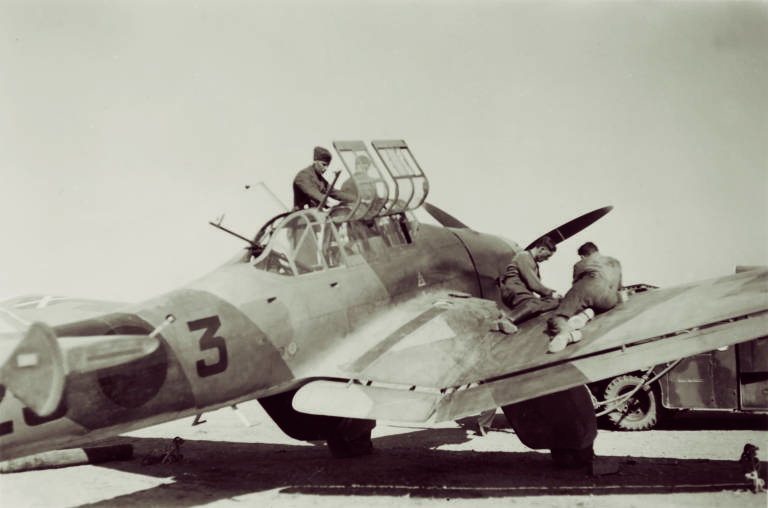
This Junkers Ju 87 Stuka of the Condor Legion sports a good example of the camouflage scheme RLM 61/62/63/65. On the tail, the three hues of the upper surfaces can be clearly recognised.
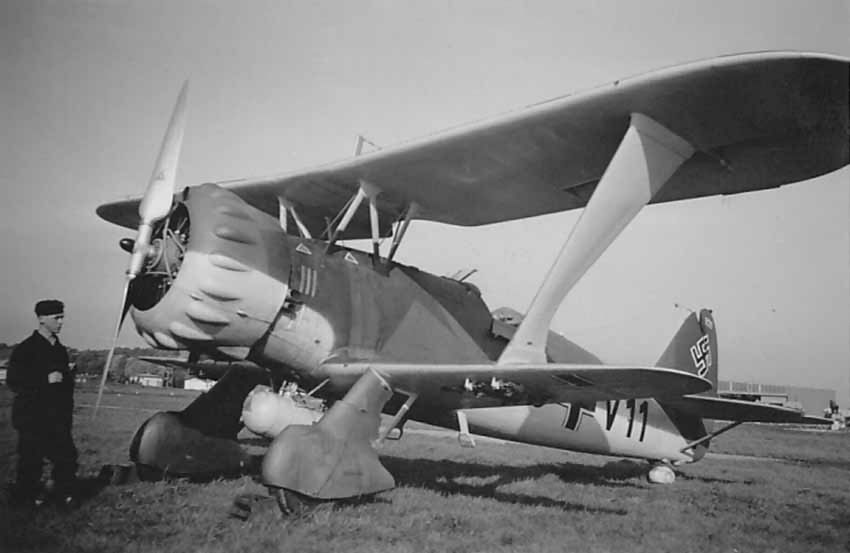
Another example of this camouflage scheme, sported by an Henschel Hs 123.
Nevertheless, several units never introduced this scheme. Because of this, some photographs show the evidence of aircaft painted in RLM 02 or 01 even at the end of ths Spanish Civil War.
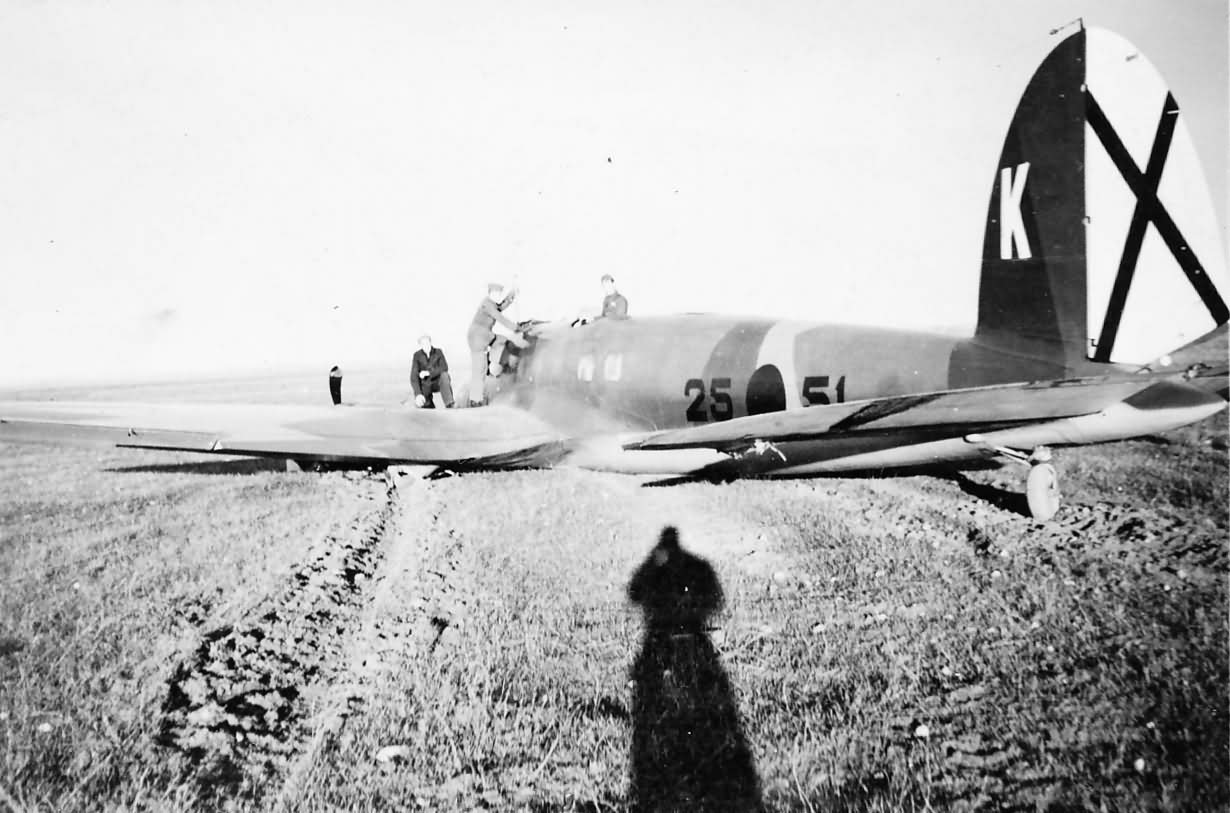
This photo, dating back to 1936, shows a Heinkel He 111 bomber belonged to the Condor Legion and coded 25-51 while it lies on a field, shot down. This aircraft sports the RLM 61/62/63/65 as well.
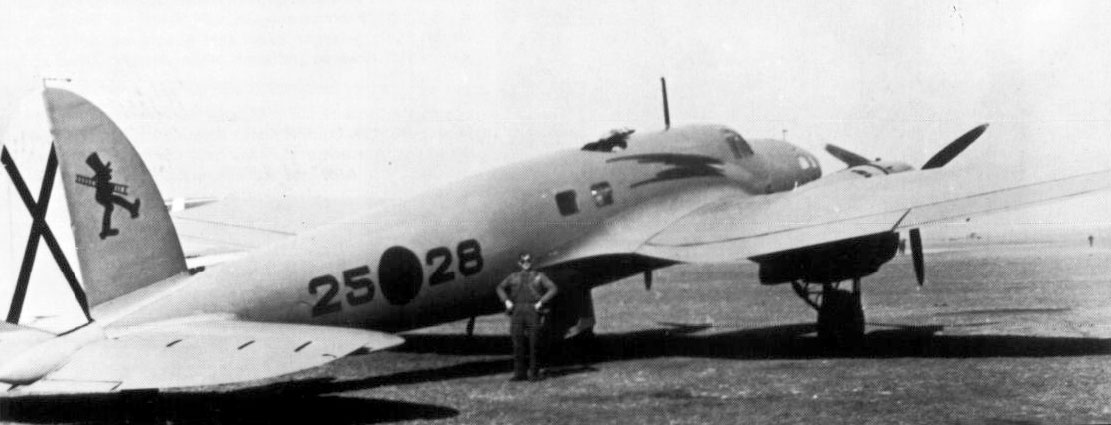
The same aircraft type, portrayed by a photo that is contemporary to the previous one. However, the geometrical pattern of the camouflage scheme can not be observed. This Heinkel indeed still sports a uniform painting in RLM 02.
Dear readers, this article is still under development, I apologize for the wait. However, in the meanwhile, you can take a look at the following gallery, to get an idea of the schemes that have not been analysed yet. For any doubt, curiosity and question, do not hesitate to leave a comment!
Camouflage scheme RLM 02/71/65

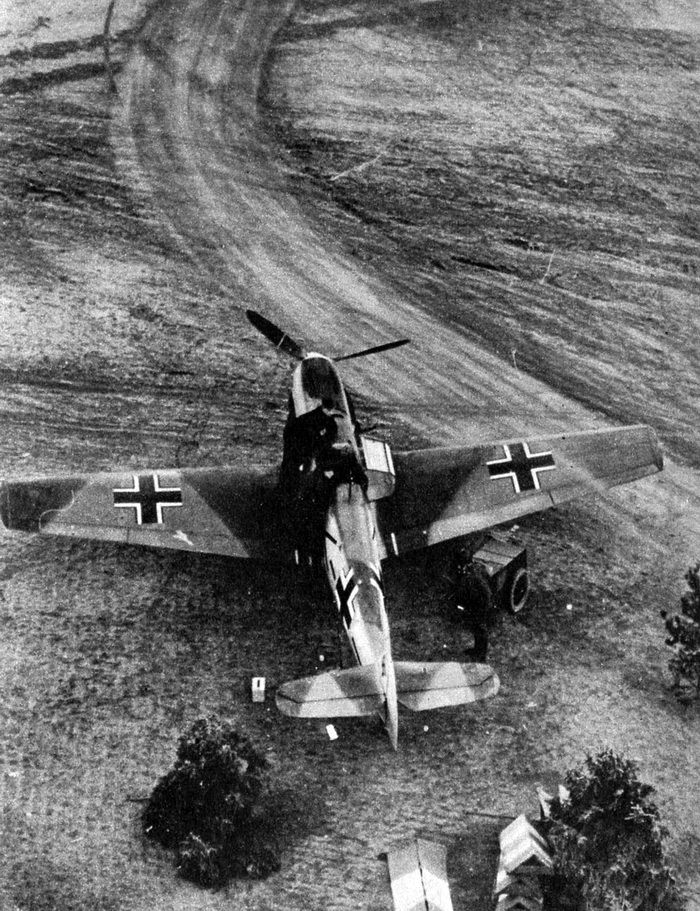
This Messerschmitt Me Bf 109 E, marked with the Geschwaderkommodore symbol, sports a clear example of RLM 02/70/65 scheme. Notice that there is no evidence of any airfield painting, as it can be deduced by the untouched fuselage in RLM 65.
Schema mimetico RLM 74/75/76

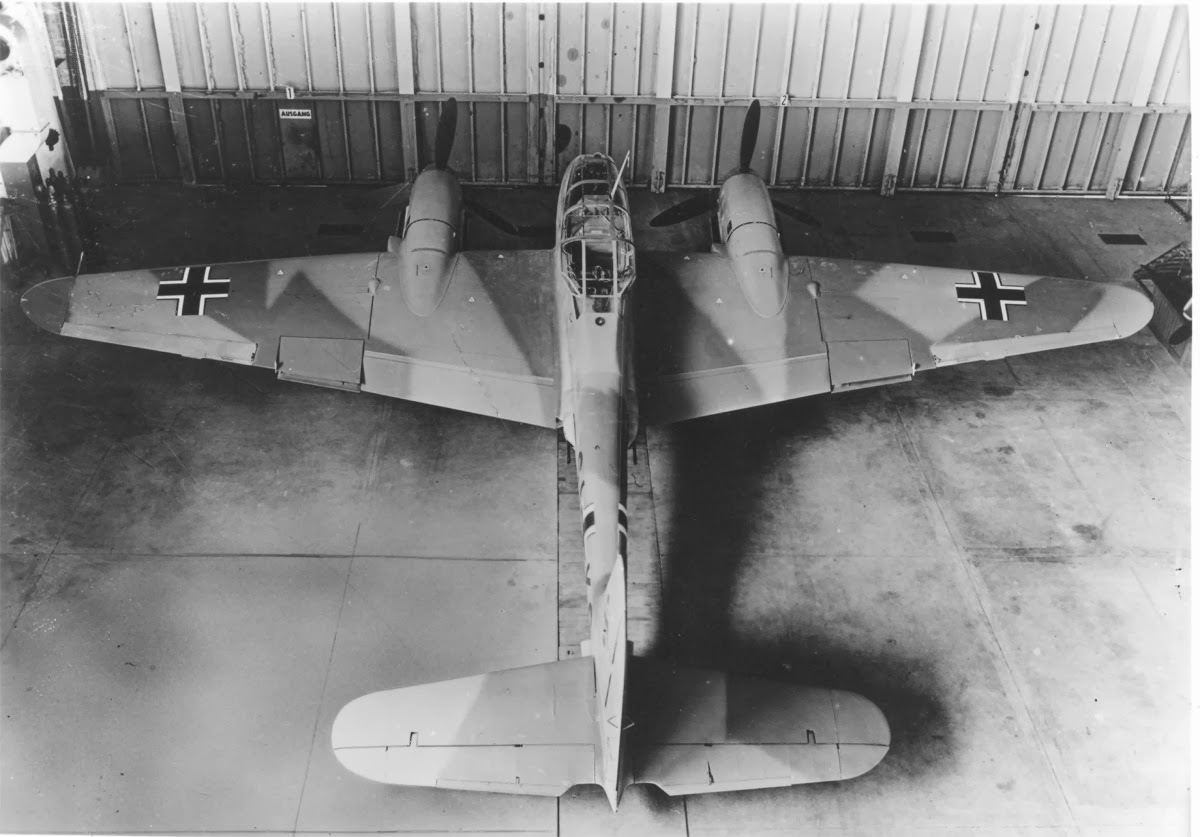
A Messerschmitt Me 410. The geometrical RLM 74/75 scheme can be easily detected on the wing upper surfaces.
Camouflage scheme RLM 02/74/75/76

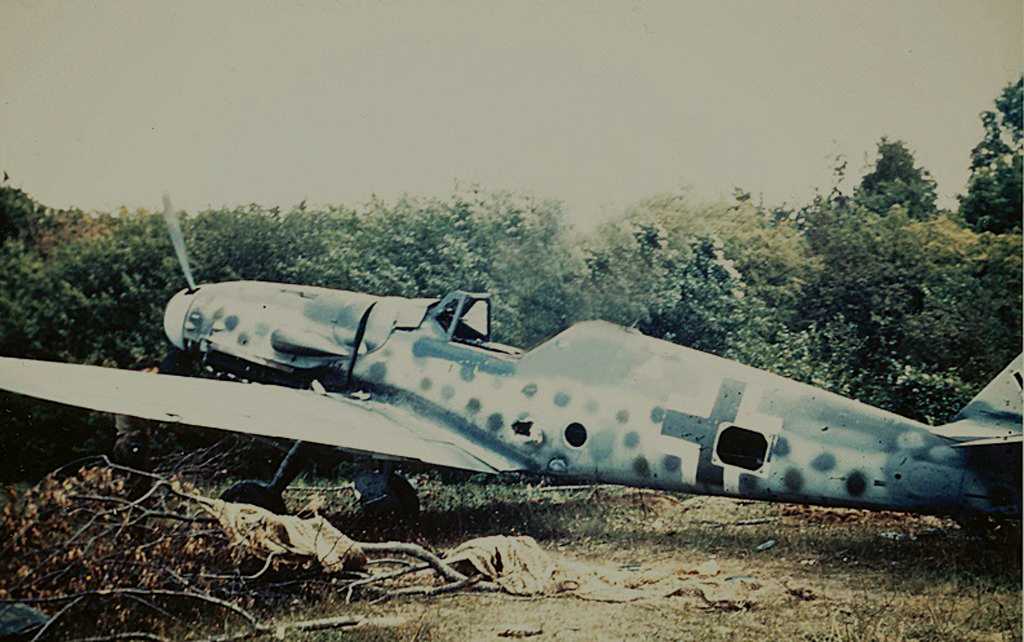
A Messerschmitt Me Bf 109 G-6 abandoned close to Reims, France, September 1944.
Schema mimetico RLM 81/82/76

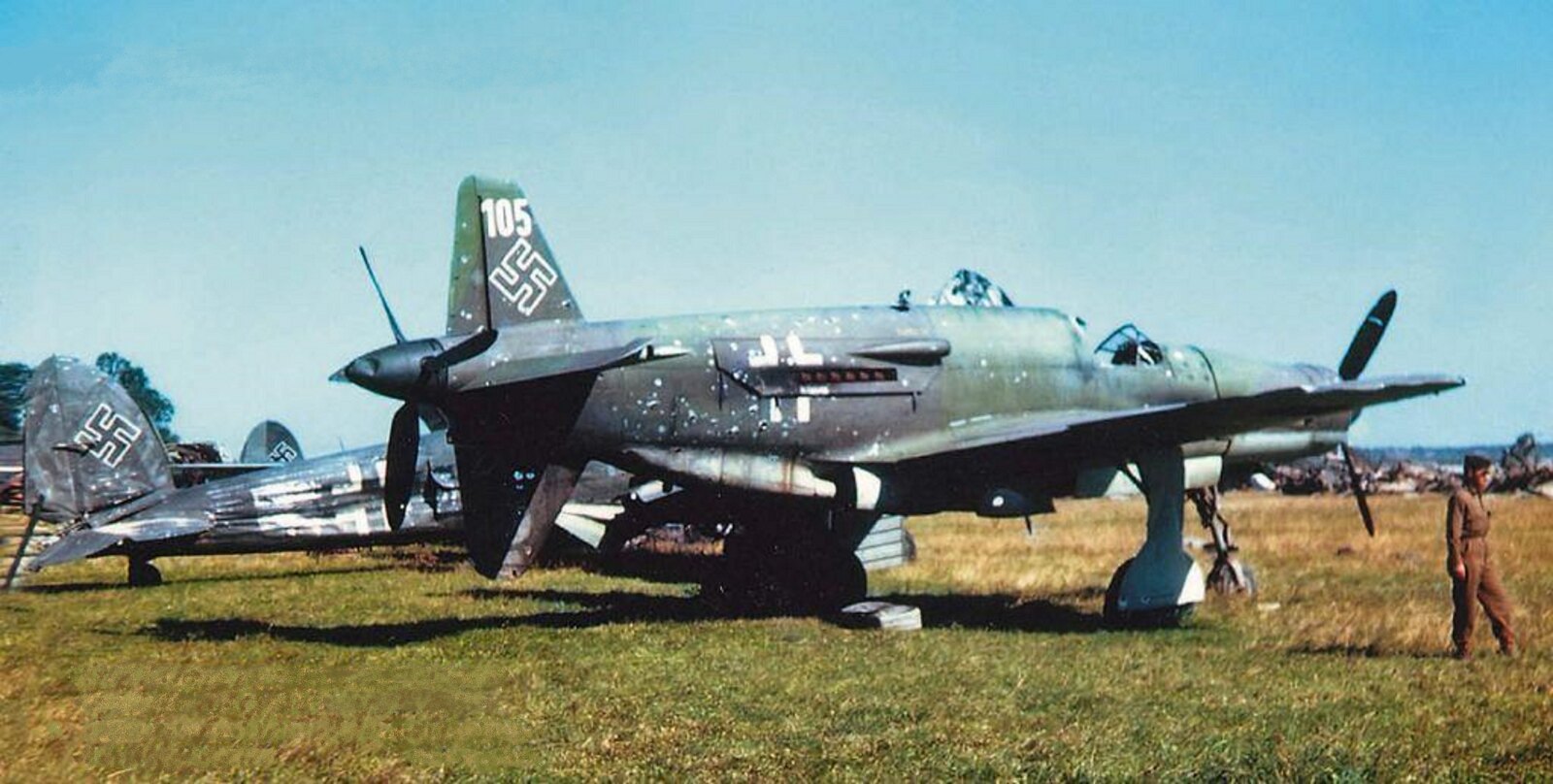
This rare shot of a Dornier Do 335 A-0, taken by American troops at the Munich-Riem airport, shows a remarcable example of RLM 81/82/76 scheme.
I want to point out that the swastikas shown by the photographs of this and other pages of the website are absolutely not meant to offend anyone. They are only a part of the historical documents related to the concerned topics. Thank you for understanding.
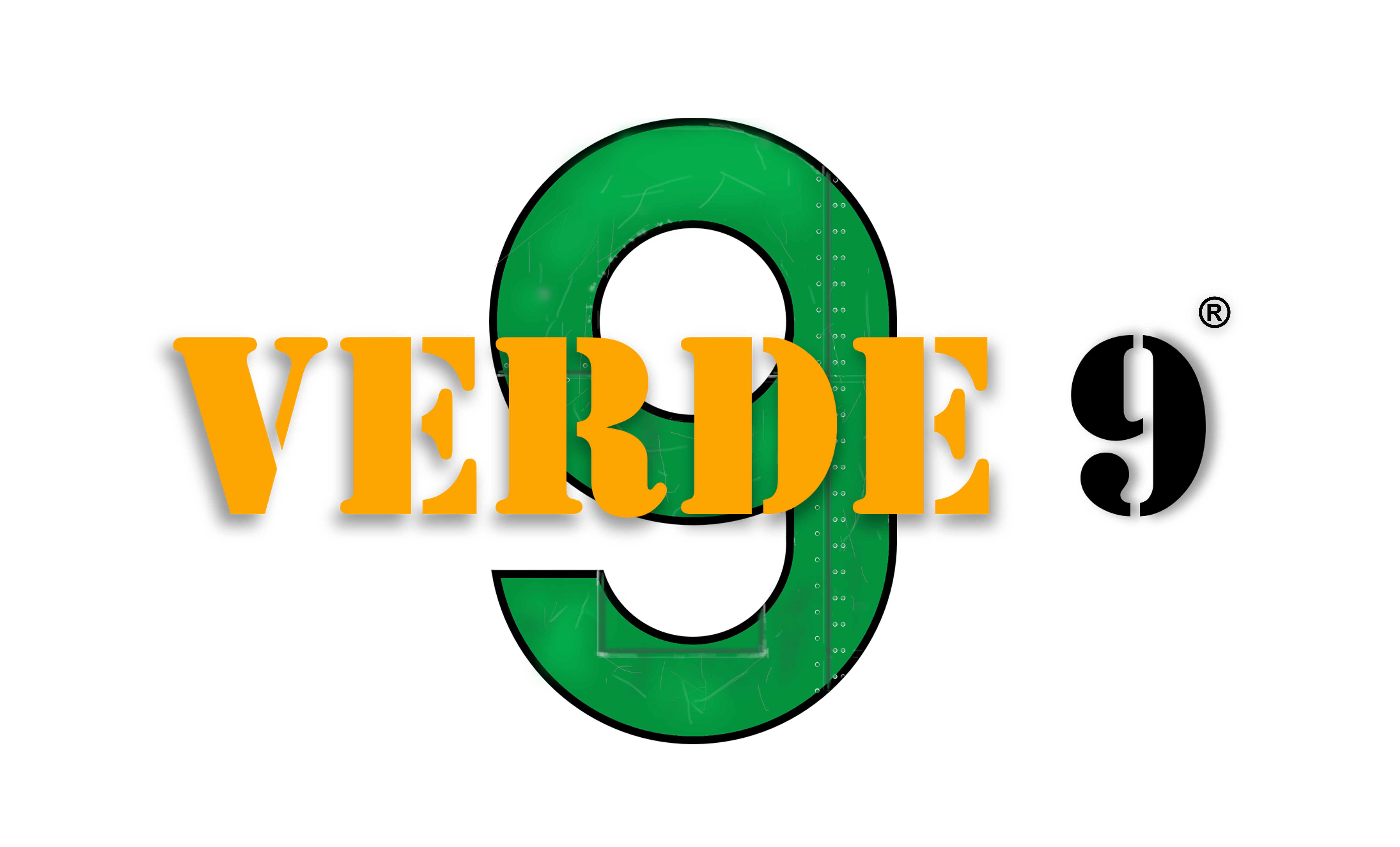

7 commenti
Allesandro,
With respect to the Me 410 “SI+K?”, (WNr.110288-110304), this is a re-built Me 210. I would argue that the machine’s uppersurface camouflage colours were RLM 75/77. The contrast between these two colours is high compared with low contrast between RLM 74/75.
Note that when two RLM colours are used for an upper surface camouflage pattern, the dark and light colours are located in the same position as specified in the respective machine’s Os-Liste. For example, if an Os-Liste calls for RLM 74/75, and the scheme is changed to RLM 75/77, the darker of the two colours (75) will replace the 74 and the lighter 77 replace the 75.
Keep up the good work – this is an excellent website!
Cheers,
David
Dear Mister Brown,
Thank you so much for your comment! I really appreciate readers’ impressions, in particular when they are as carefully documented as yours.
Talking about the Me 410 “SI+K?”, the contrast of the upper surfaces hues is definitely high as you pointed out. I had actually excluded the possibility of a 75/77 livery, since the only documented use of the RLM 77 is stated by the L.Dv.521/1, where it is intended for night aircraft insignia and not as a camouflage colour.
However, I agree with you: the lighter colour appears to be too bright to be RLM 74, unless we consider the case of a very intense illumination (that I would exclude).
Therefore, an RLM 75/77 scheme is definitely possible. The only issue I came across in my research about RLM 77 consists of a lack of documentation about any other usage apart from insignias. That is the reason why I am so prudent while talking about this particular hue.
If you agree, nevertheless, I would like to further discuss this topic, analyzing other examples, or even documents with you, as I think that your experience in this field is definitely vast.
I would like to thank you again for your kind comment and encouragement.
I await your answer with great interest!
Cheers,
Alessandro Orseniga
I’ve trying to find some information about a strange smell that my grandfather-in-law mentioned in his diaries. Here’s what he wrote: “During this last attack, three aircraft were shot down within sight and my father and I motored over to look at two of these which were comparatively intact. These were Junkers Ju 88, a new machine and a most modern and efficient bomber, fast and well armed. I will always remember the peculiar smell which pervaded the aircraft and this was always noticeable in all types of German aircraft throughout the war. I think that it was caused by the dope that they used in the camouflage paint.” I have no idea what he meant by dope, I may have read that word wrong. But do you have any ideas on this? Anything in the paint that could cause a strange smell?
Grazie mille
Dear Kath, thank you so much for reaching out!
I beg your pardon for having taken so long to give you an answer.
Reading the words of someone who actually lived through the war, like your grandfather-in-law, it is always very interesting to me, so thank you for sharing these lines of his memories.
With “dope” he is referring to a particular lacquer that was used to provide better mechanical properties to fabric-covered surfaces. However, since the aircraft he is describing, the Junkers Ju 88, but generally speaking the majority of World War II airplanes were, to a large extent, metallic machines, he is probably meaning a generic coating paint.
Anyway, this fact is really interesting, since your grandfather-in-law was not the only one who noticed it. I remember that Captain Eric Brown, in his book “Wings on my sleeve”, mentions the same feature talking about German aircraft interiors.
Unfortunately, far what concerns the exact compound that may have caused that smell, it is quite difficult to determine it, since the composition of some lacquers is still unkwnown. Paints adopted by Luftwaffe were generally based on synthetic resins, some of them contained nitrocellulose. These compounds (not to mention their harmfulness) undoubtedly have a pungent smell, and therefore might be the cause of what your grandfather-in-law has described.
I hope that I have been of some help. Should I ever came across further information, it would be a pleasure for me to let you know about it.
Please, feel free to write again.
Best regards,
Alessandro Orseniga
Alessandro,
If memory serves the odour is related to the hydraulic fluid used by the Germans. Captain Eric Brown stated this in one of his”From the Cockpit” Luftwaffe aircraft articles that appeared in Air International in the 1970s and 1980s. If I come across the specific one I will let you know.
Best,
David
Best,
David
What a fantastic article and with such superb graphics on that timeline; brilliant!
I eagerly await future parts; particularly on the desert camo schemes!
Adam
Dear Adam,
Thank you so much for your kind words! I will try to please your wish as soon as possible!
Best regards,
Alessandro